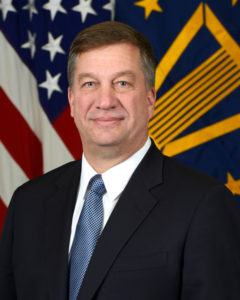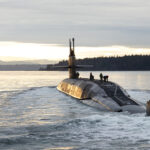
It could take a decade to build the low-yield, nuclear-tipped, sea-launched cruise missile the Trump administration called for last year, and development might not be able to start until the Pentagon finishes a next-generation, air-launched nuclear missile, a senior Pentagon official said Thursday. In 2018, the Trump administration’s Nuclear Posture Review called on the Department of Defense and the Department of Energy — the civilian steward of U.S. nuclear warheads — to study a low-yield, nuclear-tipped, sea-launched cruise missile (SLCM)…

 By
By 










